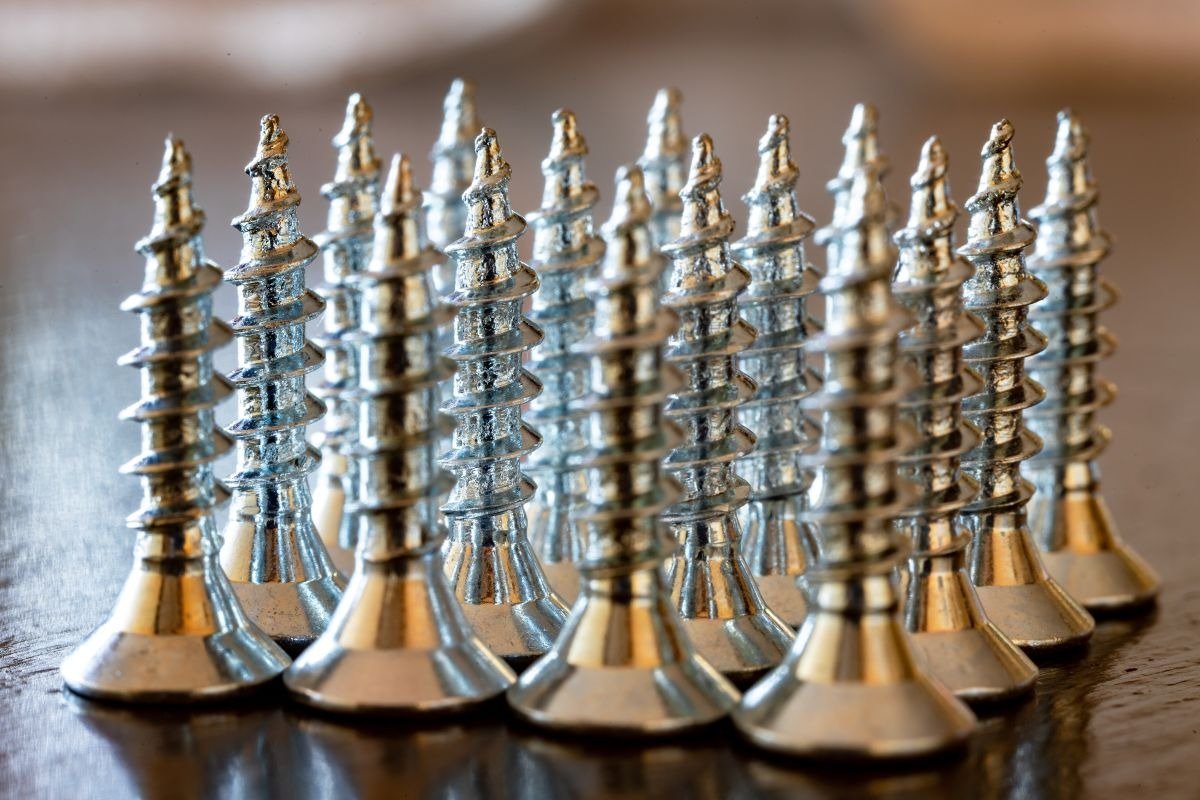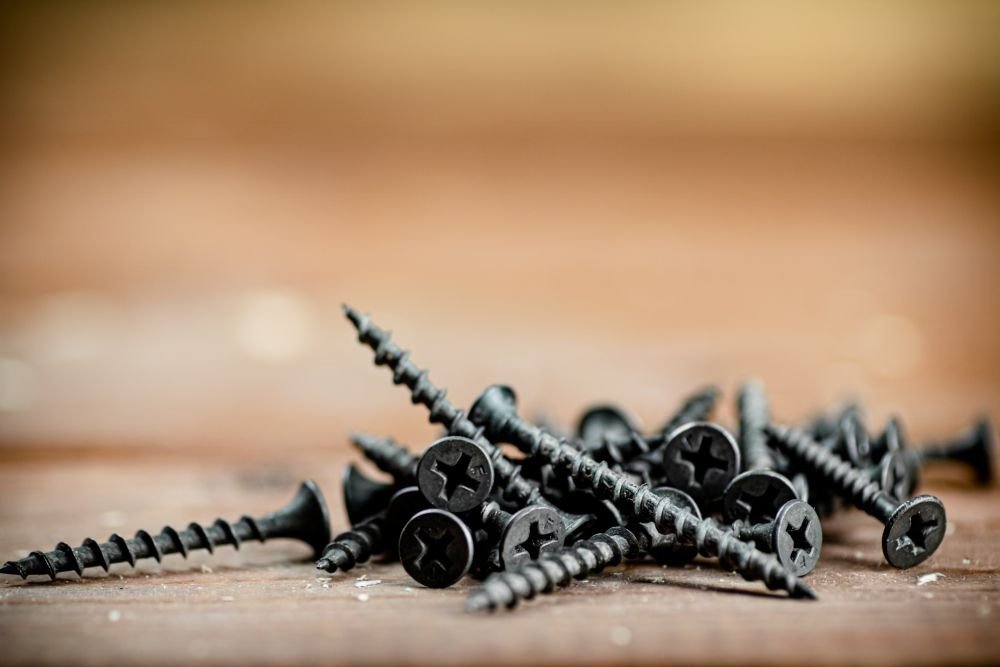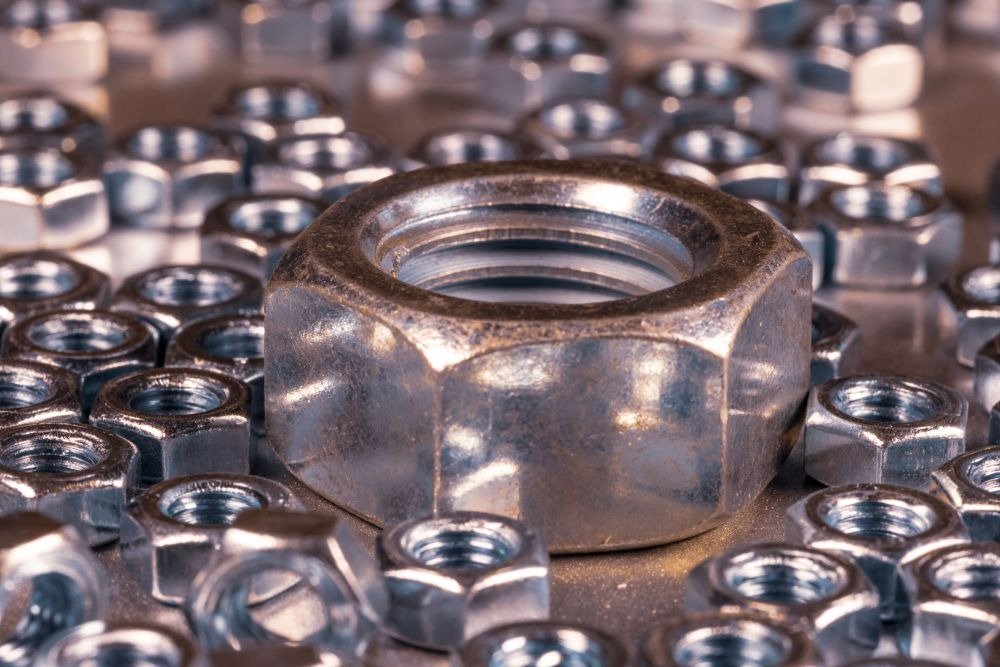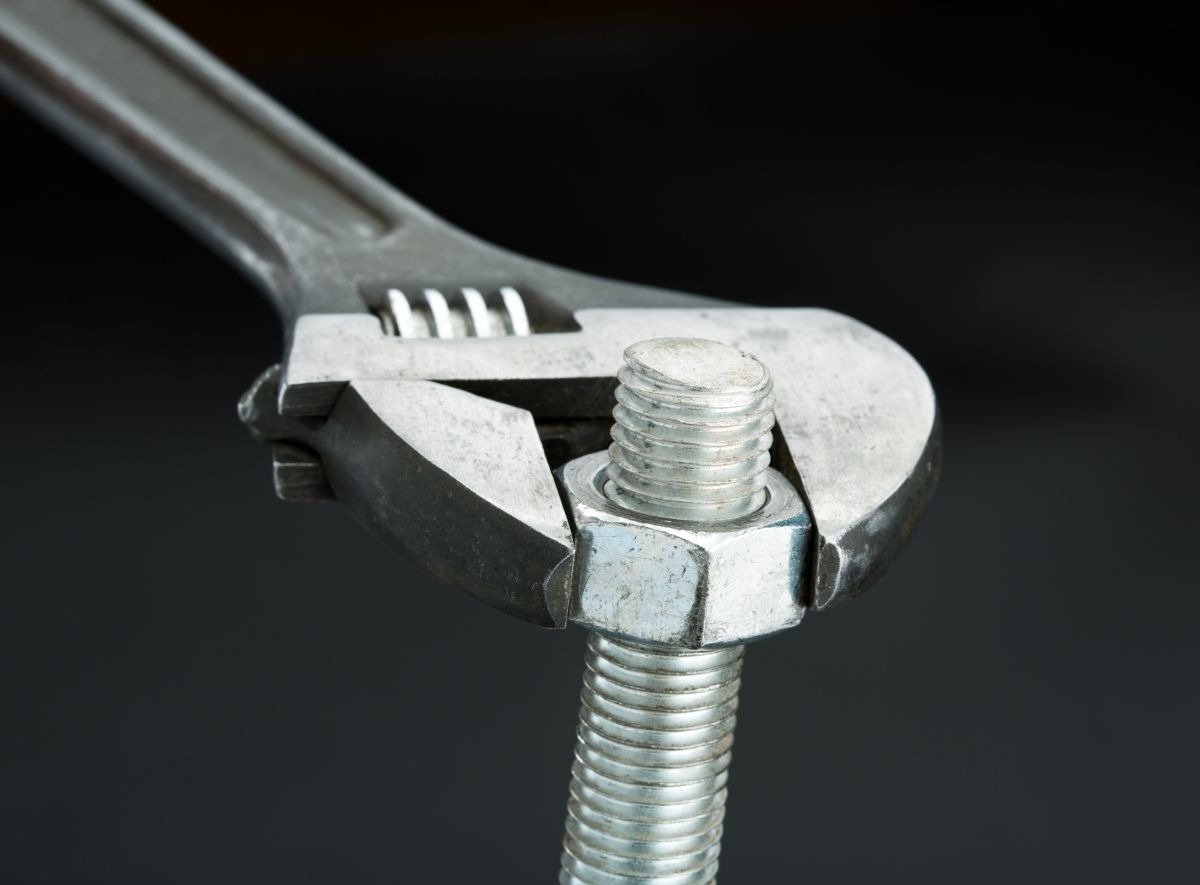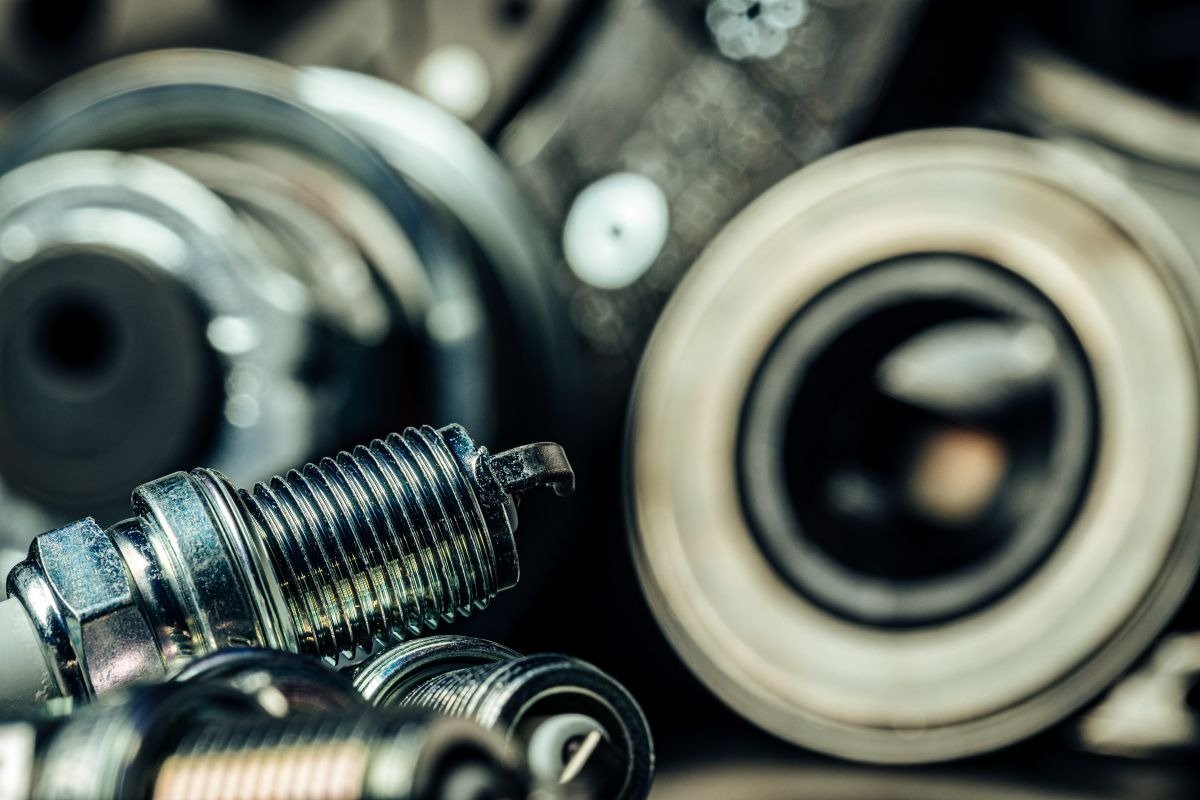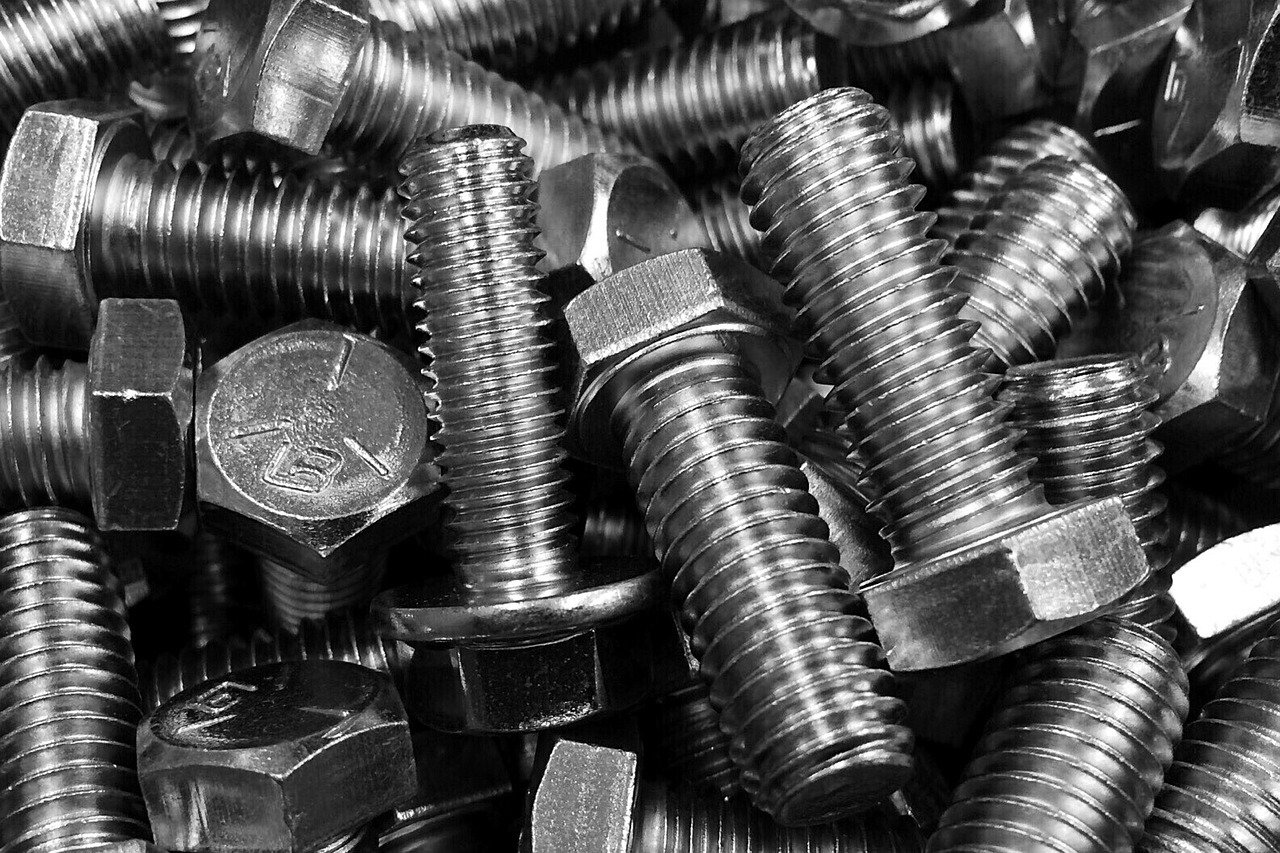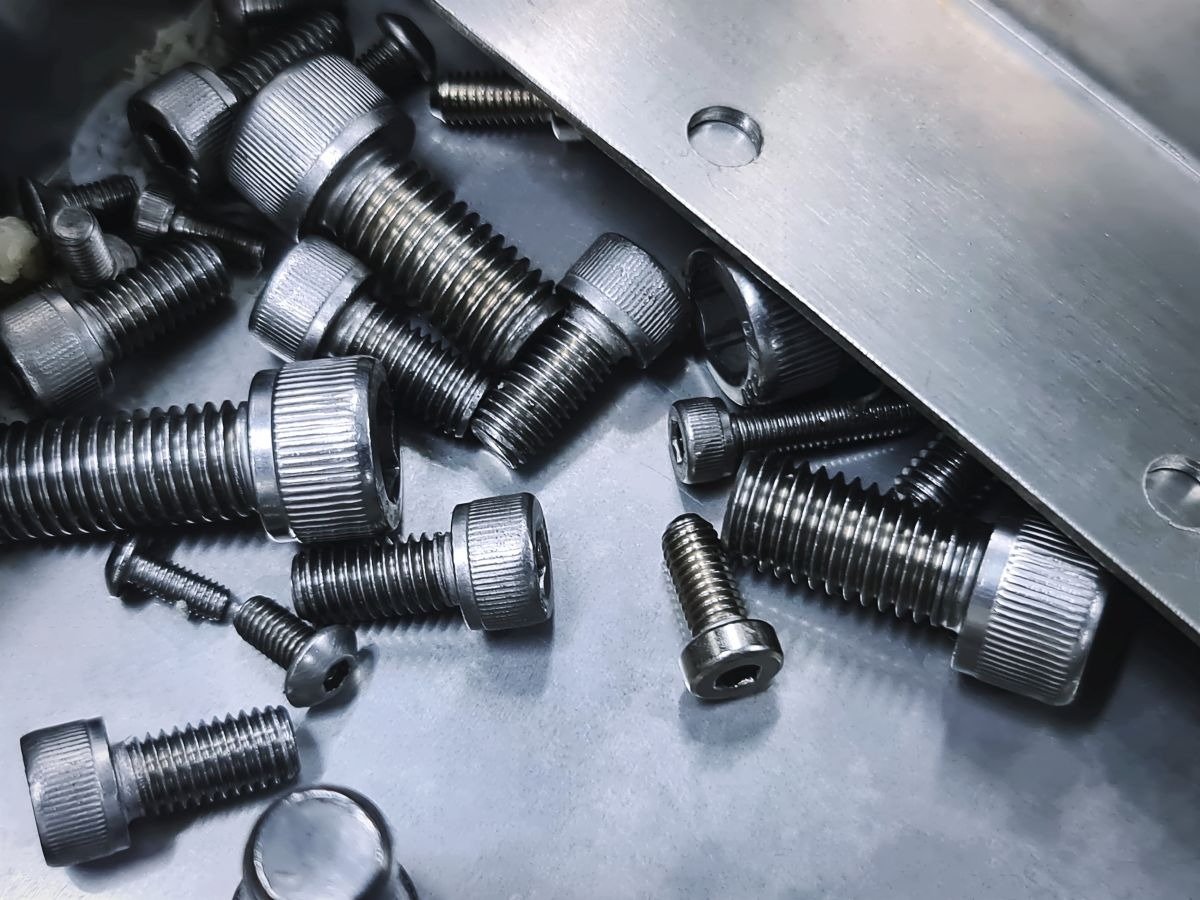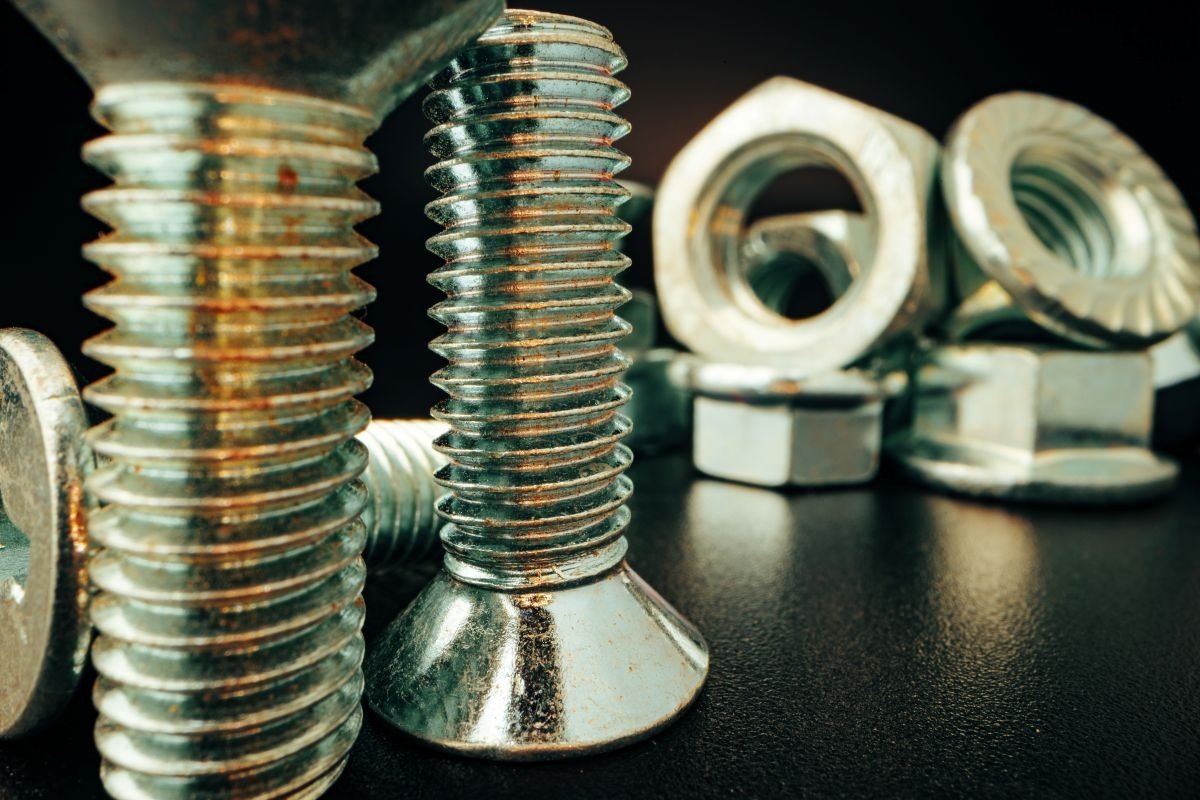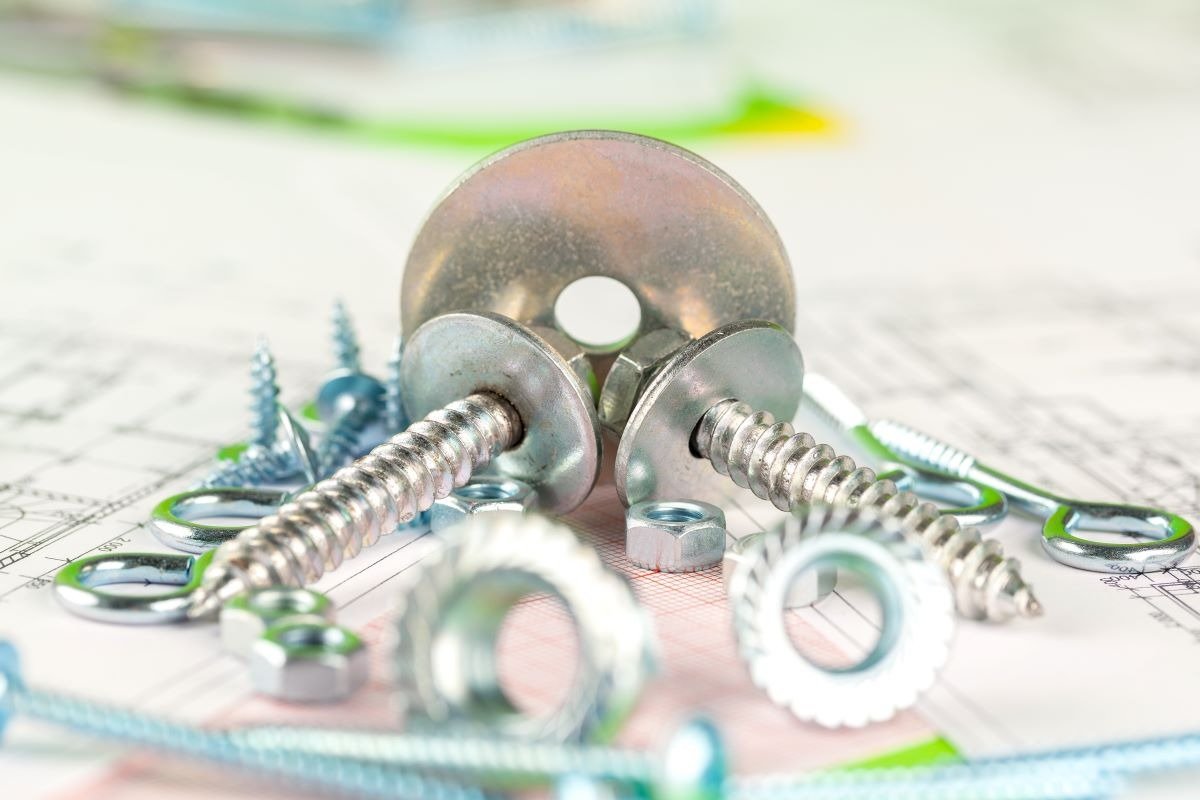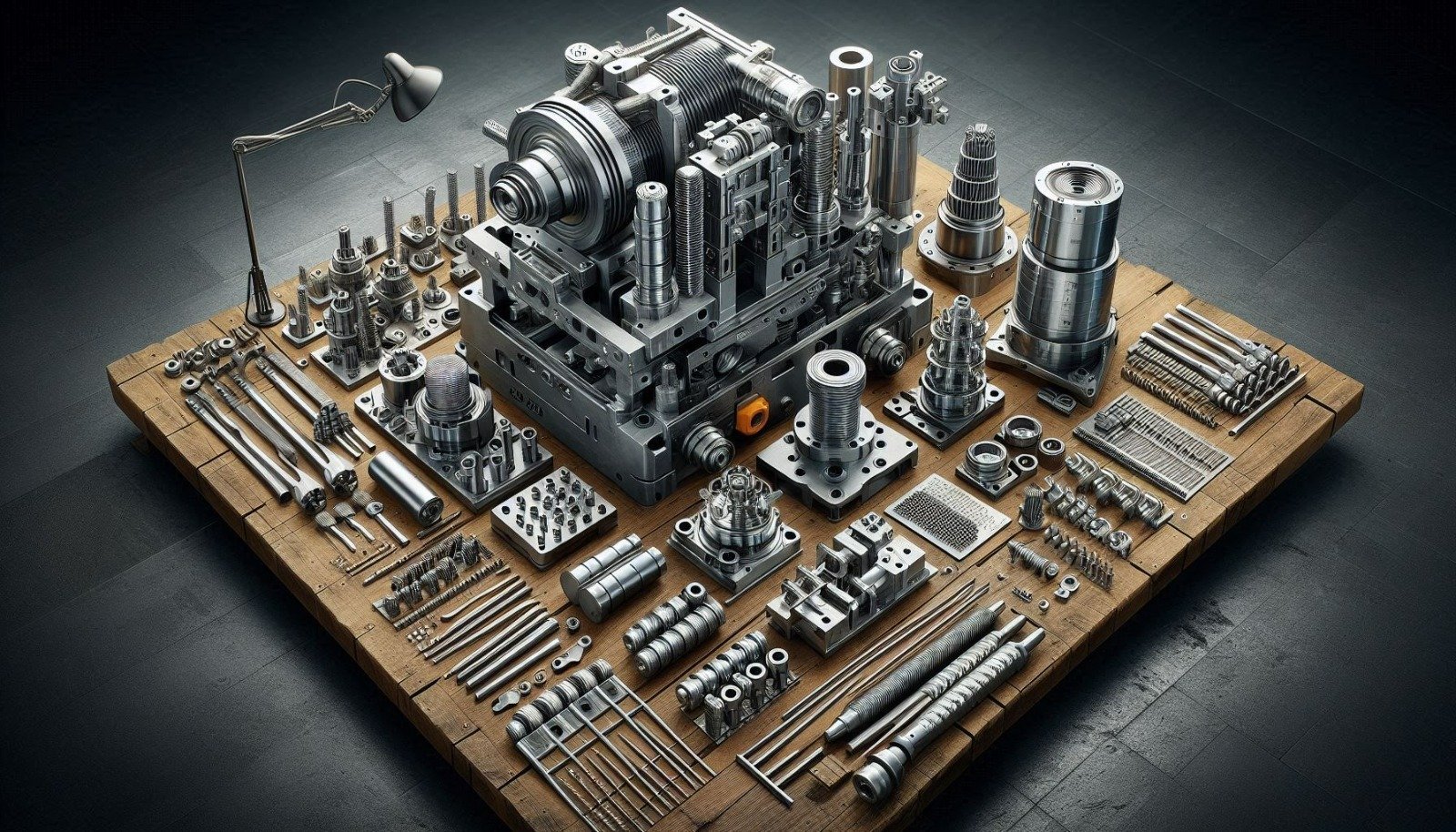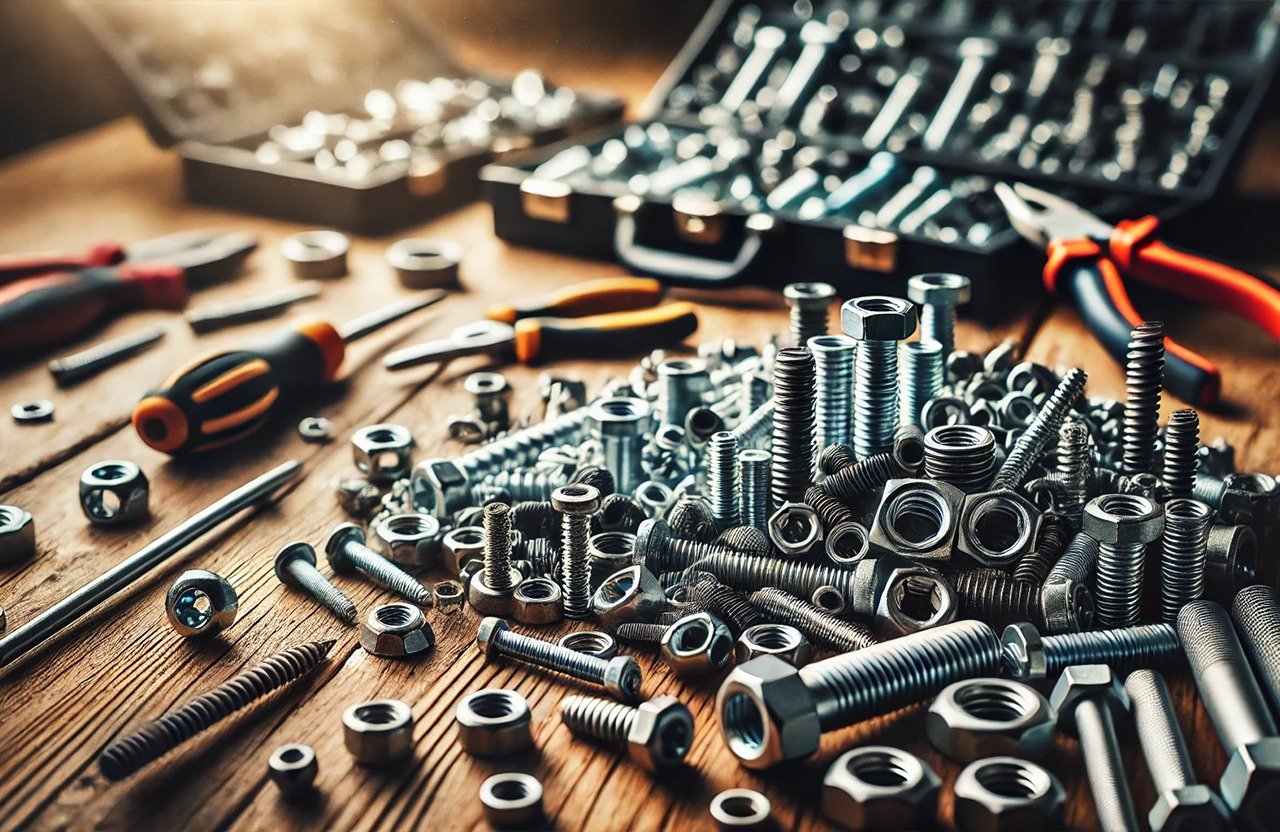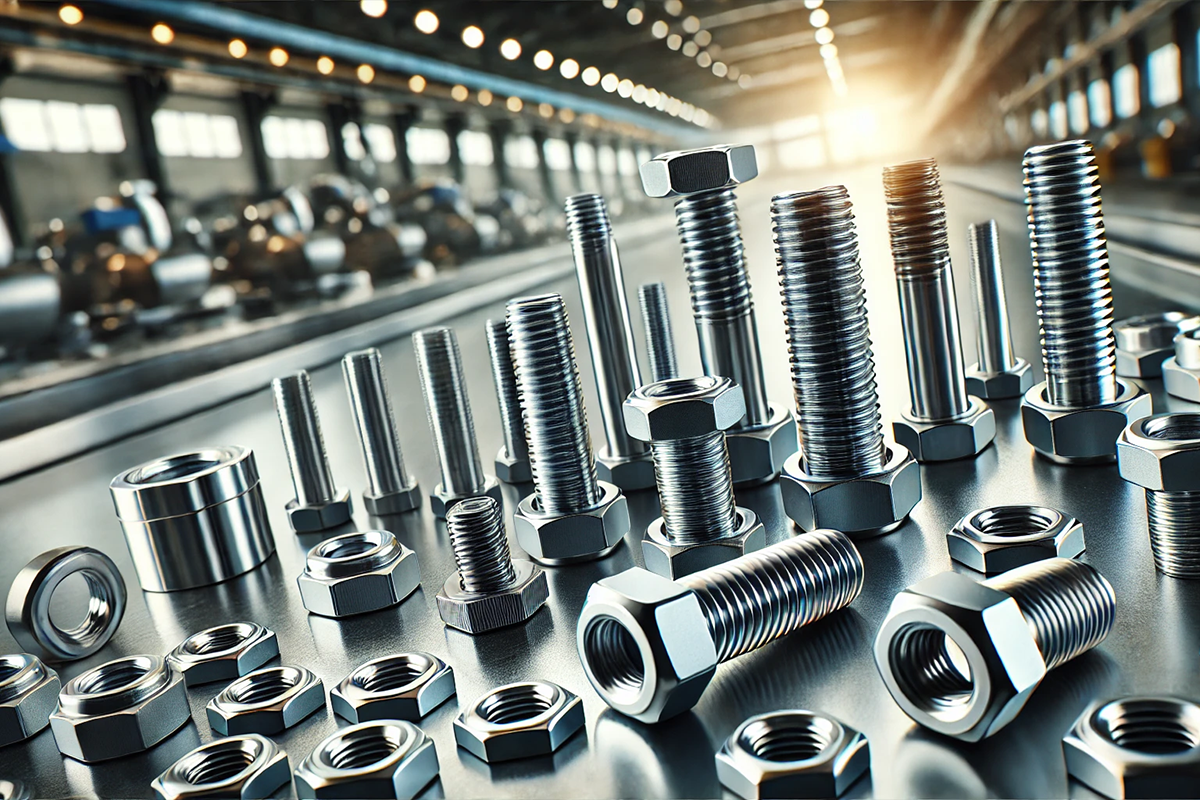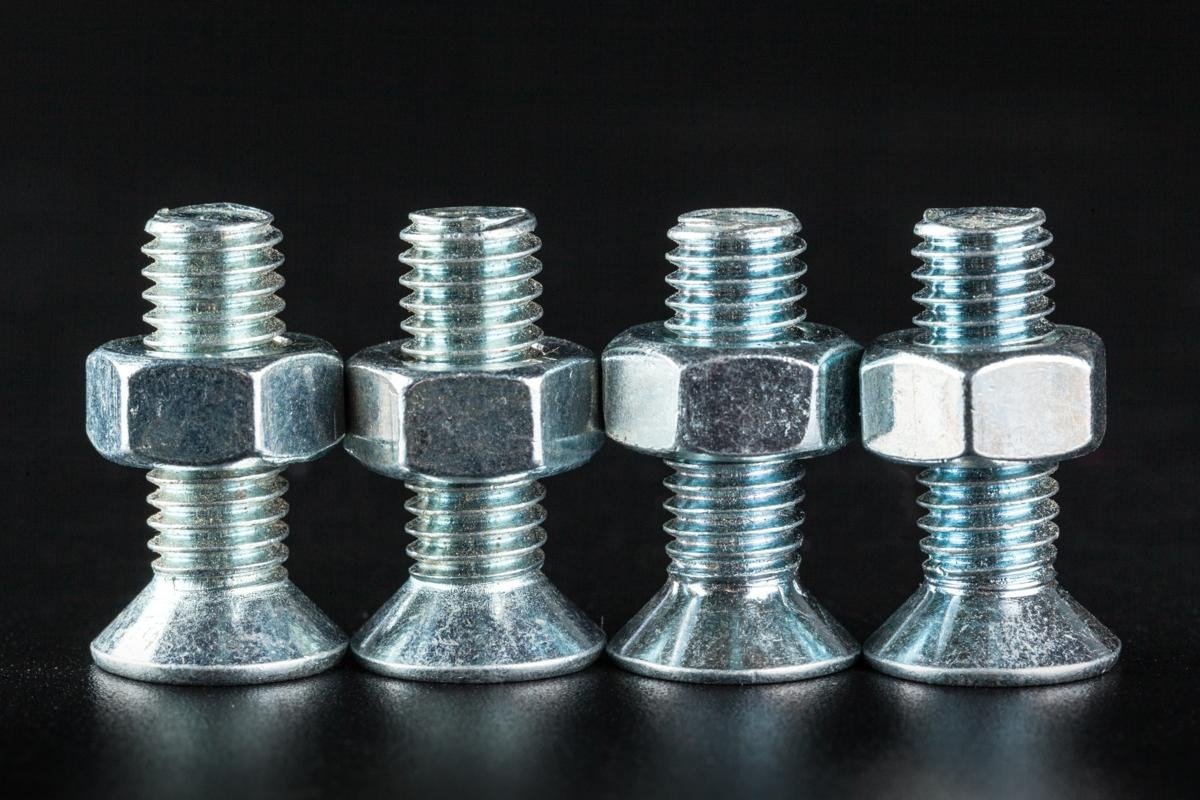How to Understand Bolt Quality? Features That Should Be Present in a Good Bolt
Bolts are considered the backbone of the industry and are essential fasteners used in various fields. However, not every bolt is of the same quality. The quality of a bolt is crucial for the safety and performance of the application it is used in. So, how can we determine the quality of a bolt? What features should a good bolt have? Let's take an in-depth look at the answers to these questions.
What is Bolt Quality?
Bolt quality is determined by factors such as the material properties, manufacturing process, and strength values of the bolt. Bolt quality is often expressed with numbers found on the bolt. For example, if you wonder what an 8.8 bolt means, these numbers indicate the mechanical properties of the bolt. The first number refers to the material strength multiplied by 100, while the second number indicates the ratio of yield strength to tensile strength. Therefore, an 8.8 bolt means a bolt with a tensile strength of 800 MPa and a yield strength of 640 MPa.
How to Understand Bolt Quality?
To understand the quality of a bolt, there are several key factors to consider. First, you should look at the markings on the bolt. These marks indicate which standards the bolt is manufactured to and the bolt's strength values based on the strength chart. For instance, when you look up the material of a 5.6 quality bolt, you can understand that it has a tensile strength of 500 MPa and a yield strength of 300 MPa.
Additionally, the surface quality of the bolt is also an important indicator. Stainless steel or coated bolts are more resistant to corrosion and have a longer lifespan. The threads of the bolt should also be smooth and even. If the threads are rough or irregular, this indicates that the bolt is of poor quality.
How Should Bolt Selection Be Made?
When selecting a bolt, it is essential to analyze the requirements of the application in which it will be used. For example, in applications requiring high strength, bolts with high values, such as 10.9 quality bolts with high yield strength, should be preferred. These bolts are used in fields such as automotive and construction industries, where heavy loads are involved.
On the other hand, for lighter applications, knowing the answer to the question "What is the material of a 5.8 quality bolt?" may be sufficient. These bolts are used in applications requiring medium strength and are more cost-effective.
Environmental factors should also be considered when selecting bolts. For example, stainless steel bolts should be preferred in environments exposed to moisture or chemicals.
What Features Should Be Present in a Good Bolt?
A good bolt should meet specific standards in terms of both mechanical properties and production quality. Here are the features that should be present in a good bolt:
·
A good bolt should have high tensile and yield
strength. Specifically, high values like yield strength of 10.9 quality bolts
ensure that the bolt performs its function without deformation under heavy
loads.
·
The bolt should be made from a material suitable
for the environment in which it will be used. Features like stainless steel or
galvanized coatings extend the bolt's lifespan.
·
The threads of the bolt should be smooth and
even. This ensures the bolt works in harmony with the nut and increases the
reliability of the connection.
·
A good bolt should be manufactured according to
international standards (e.g., ISO, DIN). This is an indicator of the bolt's
quality and reliability.
·
The surface of the bolt should be free of
cracks, burrs, or roughness. Such defects can negatively affect the bolt's
strength.
·
The bolt's dimensions and tolerance values
should be exactly suited to the application. This ensures the connection is
secure and reliable.
Bolt quality is vital for the safety and performance of the application in which it is used. Knowing how to determine bolt quality will help you make the right bolt selection. Key features of a good bolt include high strength, corrosion resistance, smooth threads, and compliance with standards. By paying attention to these factors, you can achieve a safe and long-lasting connection.
When selecting a bolt, using technical information such as a bolt strength chart and making the right material choice will increase the success of your projects. Remember, a quality bolt will provide long-term benefits both in terms of cost and safety.


